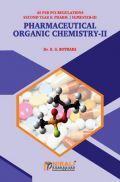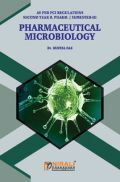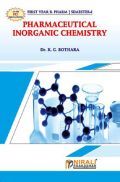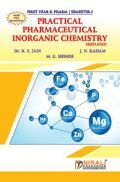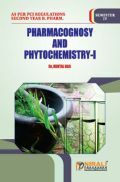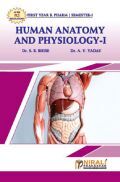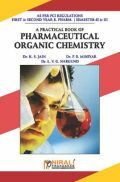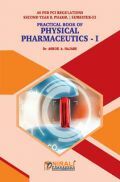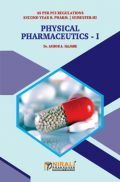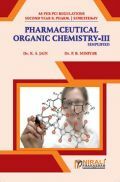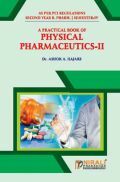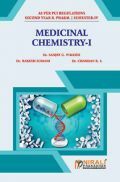Paul Ehrlich's concept that protozoal diseases could be cured by the administration of synthetic chemicals which selectively react with the target tissue of the protozoa rather than that of the host and Domagk's later expansion of this view to the treatment of bacterial diseases with the introduction of prontosil were the prominent landmarks in the birth of modern chemotherapy. The accuracy and the depth of clinical applications of these chemotherapeutic agents were further sharpened due to new inventions in the molecular biology which are increasingly involved to explain the mechanisms of action of many new chemotherapeutic agents. These broad area of pharmacology presented together with necessary data on the chemistry, absorption, excretion, tolerance and toxicity of the drugs are expected to provide a proper understanding of both, the value and limitations of the drug therapy.
This book Useful for B. Pharma student.
1. Introduction to Pharmacology
2. Pharmacokinetic Aspects of Drug Action
3. Pharmacodynamics
4. Adverse Drug Reactions
5. Drug-Interactions
6. Drug Discovery and Clinical Evaluation of New Drugs
7. Neurohumoral Transmission
8. Parasympathomimetics and Parasympatholytics
9. Sympathomimetics and Sympatholytics
10. Neuromuscular Blockers
11. Local Anaesthetic Agents
12. Drugs used in Myasthenia Gravis and Glaucoma
13. Neuropharmacology
14. General Anaesthetic Agents
15. Sedative-Hypnotic Agents
16. Anti-Epileptics
17. Alcohols and Disulfiram
18. Psychopharmacological Agents
19. Drug Therapy in Parkinsonism and Alzheimer’s Disease
20. Central Nervous System Stimulants
21. Opioid Analgesics and Antagonists
22. Drug Dependence







